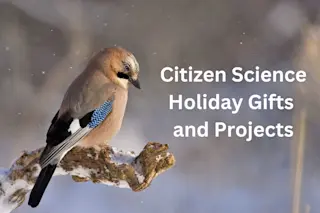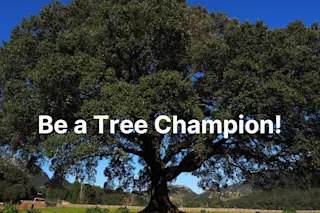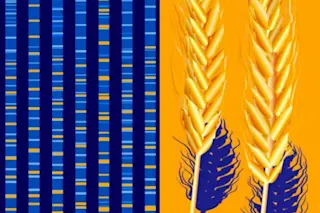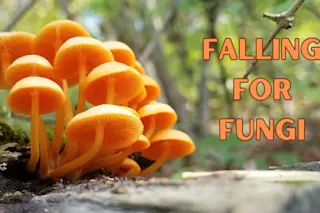Citizen Science Salon is a partnership between Discover and SciStarter.org.
Around the world, millions of kids are headed back to school in a totally different way. Classes are online. Teachers talk to students in virtual classrooms. And parents are often left looking for new, hands-on science learning opportunities.
We’ve got your back. Here are eight fun and easy science experiments that you can do at home with kids of all ages. What’s more, each of these ties into real-life research efforts through citizen science, where volunteers help experts collect and analyze data.
A recently-fed sourdough starter bubbles with activity from natural yeast. (Credit: Wild Sourdough Project)
Wild Sourdough Project
It seems like the whole world is baking homemade sourdough bread right now. Sourdough took on broad appeal when the baker’s yeast disappeared from store shelves. Unlike other baking projects, sourdough doesn’t need store bought yeast. Instead, it’s made with sourdough ...














